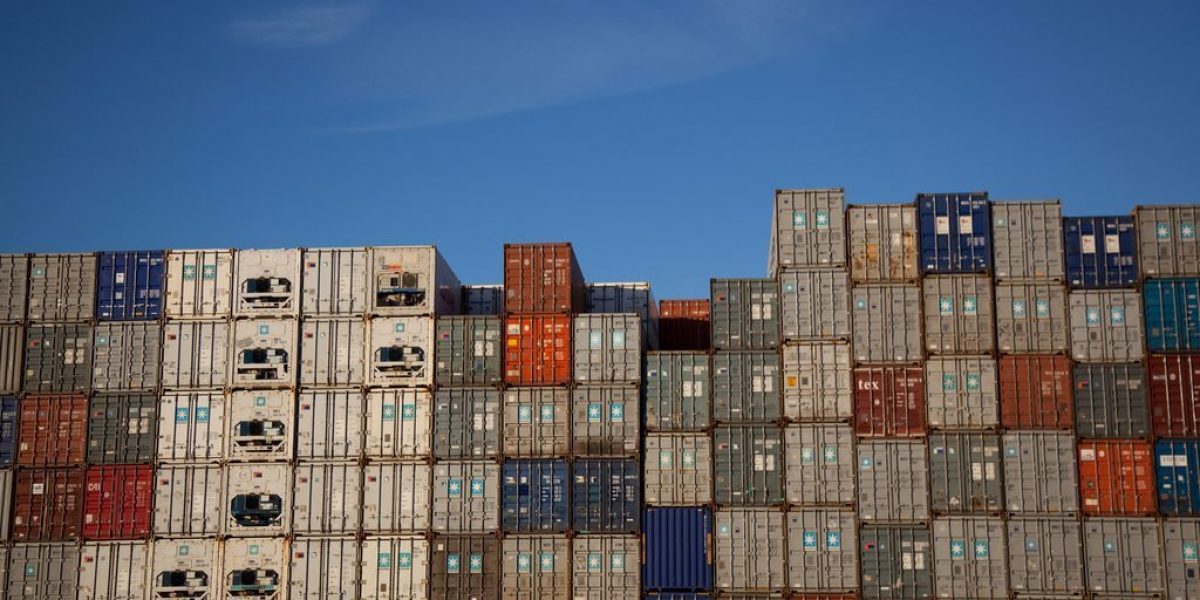This notion is drawn primarily from the extensive literature covering East Asian industrialisation. In the 1980s and 1990s a fierce debate raged in development policy circles about the policy instruments those countries used to propel their rapid industrialisation.
The World Bank and orthodox economists (the “Washington Consensus” view) insisted that a combination of conservative macroeconomic policies, competitive exchange rates, trade liberalisation and access to the vast US market, was responsible.
Proponents (so-called “revisionists”) of the development- state paradigm argued that strong states pursuing active industrial policy based on targeted sectors, and using a combination of directed credit and tariff protection, were primarily responsible.
The Asian crisis of the late 1990s seemed to resolve the debate firmly in favour of the former.
Significantly, all the crisis countries — not just in East Asia — were forced to abandon fixed exchange rates in favour of floating currencies. There seems to be no return from this path. However, Joseph Stiglitz’s forceful critique of the macroeconomic orthodoxy pursued by the International Monetary Fund in its rescue packages has weakened one element of the Washington Consensus.
Politically, the trade liberalisation element has also been weakened by Cambridge academic Ha-Joon Chang’s notion of developed countries “kicking away the ladder” of policy instruments they used to industrialise by outlawing their use through the World Trade Organisation.
His solution: active industrial policy combined with infant- industry protection.
In this light the trade and industry department (DTI) is formulating a “new” industrial strategy.
What is likely to emerge?
Significantly, Chang is part of an advisory group chaired by Deputy Minister Rob Davies that intends to put forward its recommendations to the cabinet’s January 2006 meeting.
It is likely to propose substantial interventions along sector lines via a process of targeting potential winners, especially those sectors that offer prospects for employment expansion. This would involve (re)directing state funds towards those sectors.
Recipients of those funds would be disciplined via performance targets, while competition policy would be enervated to curtail the market dominance of our oligopolistic market structure.
Funds for subsidies permissible under the WTO (research and development; regional assistance) would be mobilised and deployed, presumably within the overall sector framework. Tariff protection for industries designated as infant could be provided.
Underlying all this is a desire for less orthodoxy in our macroeconomic policy, ie lower interest rates, less concern for inflation by prioritising growth, and pursuit of a competitive exchange rate.
There is merit in some of this, notably the emphasis on competition policy, more effective use of state funds, and horizontal measures in the form of research and development subsidies.
Indeed, much of it does not represent anything new. The critical differences lie in the emphasis on sector targeting and reorientating macroeconomic strategy — the latter a longstanding concern of the political left.
So the direction seems clear and in the fashion of East Asian (authoritarian) developmental states will no doubt be driven forward energetically. What are the implications for traders?
First, in my view the current macroeconomic policy has not failed. It has laid the platform for a more expansionary fiscal policy to be complemented by a substantial state public expenditure programme that will hopefully address many of the key infrastructure bottlenecks holding back economic growth.
Second, the strong rand is primarily a product of market forces beyond our control. These include China’s insatiable demand for resources and an associated “Dutch Disease” effect (whereby resource-exporting countries experience windfall gains that strengthen their currencies).
It is also a function of our liquid capital markets, notably a developed stock exchange that is the primary source of funding for our companies. This limits the state’s leverage over local companies.
So in SA a directed-credit push premised on a bank-based financial system à la South Korea or Japan seems highly implausible, even if it were desirable.
So what would it take to pursue a competitive exchange rate? How much of our macroeconomic track record needs to be discarded in order to weaken the currency? And what would be the market consequences?
The following issues arise: does the policy promote economic efficiency or undermine it? If the sector is a source of inputs for export sectors would possible inefficiencies undermine potential export expansion and job-creation in the export sector? If the targeted sector is a consumer-goods sector then does the policy package raise prices for consumers? If consumers are forced to pay more, wouldn’t that undermine our consumer-led boom and therefore the current growth expansion?
Does the DTI, and government more broadly, really know better than the market in its choice of sectors to target?
And does the DTI have the capacity to drive such an approach, even assuming it were desirable?
All of these questions point to the utility of a more horizontal approach to promoting economic growth, rather than “picking winners”.








